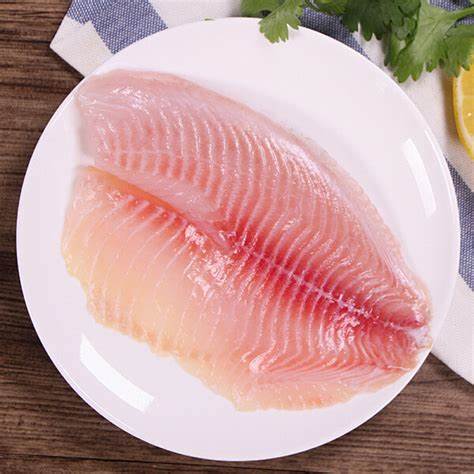|
China is a leading Tilapia ProducerTilapia: The Cinderella Story from Africa's Niche Fish to a Global Aquaculture Favorite
Tilapia, belonging to the family Cichlidae, is a tropical fish native to Africa. Due to its resemblance to crucian carp, it is commonly known as "African crucian carp." With over 600 species worldwide, some tilapia are classified as endangered with restricted distributions. Today, most tilapia are farmed globally on a scale comparable to livestock like chickens, ducks, pigs, and cattle.
In the fish production realm, tilapia stands out for its hardiness—remarkably, it can even change its gender. From an "African niche fish" to a global staple, its success hinges on unique advantages. From Cod Substitute to the "Awesome Fish" China is the world’s leading tilapia producer, but the U.S. remains its largest consumer market, importing vast quantities from China.
In the 1990s, tilapia was overlooked in the U.S. and globally. Few envisioned this African "crucian carp" becoming an "international fish." However, fate shifted: at the time, the main white-fleshed fish on American tables were true cod, Alaska pollock, catfish, and tilapia.
Initially, tilapia emerged as a "cod substitute." Many budget-conscious Americans found that processed frozen tilapia fillets tasted similar to cod but cost far less, leading them to opt for this "fake cod." By the 2000s, tilapia consumption surged, forming a dietary habit and catapulting it to popularity in the U.S. market.
Culinary trends often unfold dramatically: what starts as a budget choice can evolve into a delicacy. Like pig intestines, once eaten out of necessity, now a gourmet item. Unlike pig intestines (whose price now exceeds pork), tilapia remains one of the cheapest fish. Tilapia’s Cost-Effectiveness: Born from "Hardiness" Tilapia’s high cost-performance stems from its massive output. Why is its yield so high? Multiple factors play a role.
The U.S. produces minimal tilapia, relying heavily on imports from China, Vietnam, and South America—with China as the primary supplier. Tilapia’s productivity hinges on its "hardy" nature, earning it the nickname "Awesome Fish" for its ability to thrive in challenging conditions.
Tilapia’s hardiness manifests in three key ways:
Equally crucial is its growth rate: tilapia matures from fry to market size in just 150–200 days (varying by climate), enabling rapid turnover.
From a marginal African species to a global aquaculture superstar, tilapia’s rise exemplifies how adaptability, affordability, and consumer demand can transform a fish into a culinary staple. |


